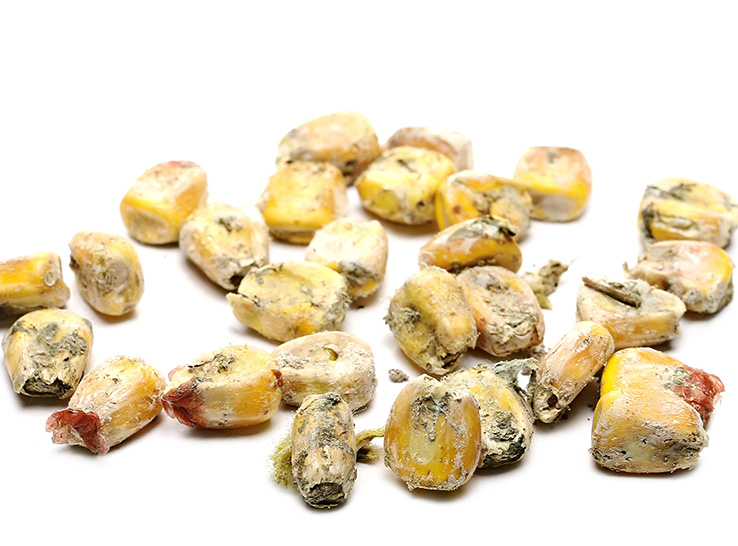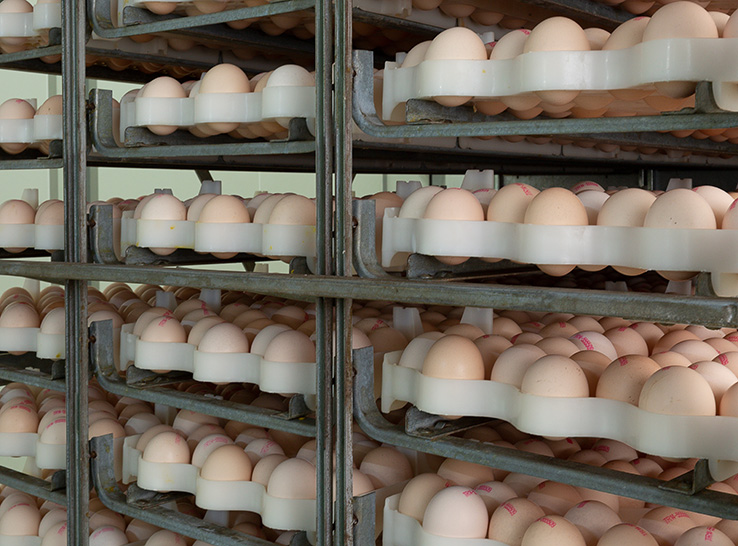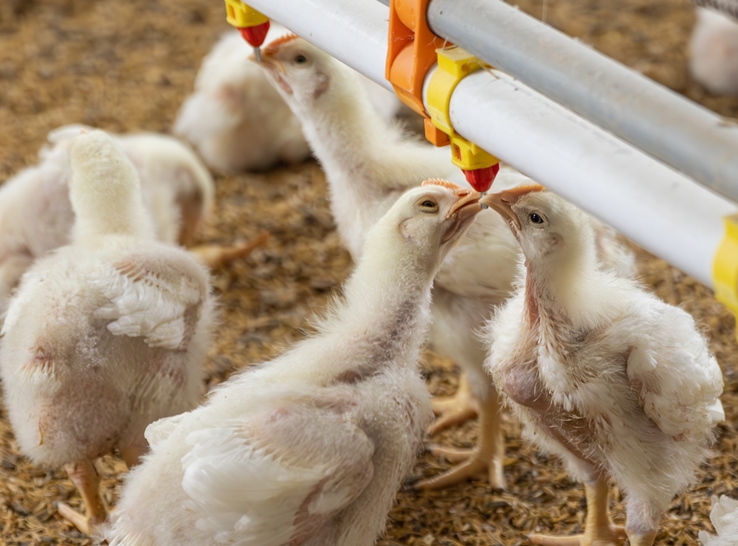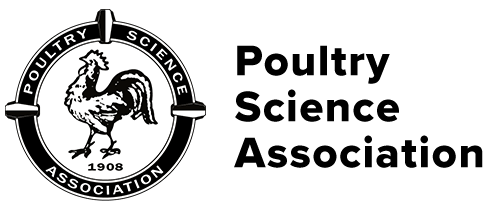Novel disinfection strategies — electrostatic disinfection (ED) and cold fog (CF) disinfection — could help improve hatchability, reduce chronic respiratory disease (CRD) incidence and improve overall health outcomes for poultry, according to a recent Poultry Science report.
These strategies offer promising alternatives to traditional methods, such as paraformaldehyde fumigation, which pose health risks to workers and embryos.
Researchers at Cairo University, in collaboration with other international institutions, conducted a study aimed at improving poultry hygiene. They focused on ED and CF to combat Mycoplasma gallisepticum contamination in hatching eggs.
A prominent infection in poultry, M. gallisepticum is responsible for CRD, a condition that negatively impacts hatchability and birds’ general health.
Study design
The study’s main objective was to explore and assess the efficacy of novel disinfection techniques, specifically, using acidic electrochemically stimulated (ECS) water.
The researchers evaluated whether these techniques could effectively disinfect M. gallisepticum-contaminated hatching eggs without compromising the embryos’ hatching potential. They also sought to find a balance between achieving effective disinfection and maintaining embryo viability.
The study involved a controlled experimental setup with hatching eggs sourced from a mycoplasma-free 50-week-old Hy-Line breeder flock. The researchers divided 6,000 eggs into four groups of 1,500 eggs each:
- Group A: contaminated with M. gallisepticum and treated via ED
- Group B: contaminated with M. gallisepticum and treated via CF
- Group C: contaminated with M. gallisepticum and untreated, serving as the positive control
- Group D: uncontaminated and untreated, serving as the negative control
The researchers conducted pre-disinfection analysis to assess microbial load, including total aerobic mesophilic bacteria (bacteria that thrive in moderate temperatures) and M. gallisepticum counts. Next, they contaminated the eggs with M. gallisepticum strains isolated from commercial flocks experiencing respiratory issues.
The disinfection procedures involved applying ECS water to the eggs using two methods: ED for Group A and CF for Group B. The ED apparatus was used to apply ECS water intermittently over 4 hours, while CF used an ultralow-volume cold fogger to apply ECS water for 6 minutes, followed by 20 minutes of contact time.
After performing the disinfection procedures, the researchers incubated the eggs under controlled conditions for 21 days and measured various parameters, including embryo mortality rates, hatchability and microbial counts, during different stages of incubation and in day-old chicks.
Effective disinfection
ED significantly reduced embryonic mortality to 10% compared to 18.3% in untreated control eggs. Similarly, CF decreased embryonic mortality to 13%.
Group A exhibited the highest fertility (91.8%) and hatchability (87.6%), while Group C showed the lowest fertility (80%) and hatchability (35%).
Both disinfection methods resulted in significantly lower total aerobic bacterial colony counts and M. gallisepticum counts compared to the untreated group. Additionally, organ weights of hatched chicks from disinfected groups were within normal ranges, indicating no adverse effects on embryo development.
The study highlighted the potential of ED and CF disinfection methods in enhancing poultry hygiene by effectively controlling M. gallisepticum contamination in hatching eggs.
For producers, the study’s implications are significant. Importantly, front-line workers and hatchery managers can consider these innovative techniques as alternatives to conventional disinfection methods, potentially enhancing biosecurity measures and minimizing the impact of M. gallisepticum on poultry production.
The full paper, “Revolutionizing poultry hygiene: advanced electrostatic and cold fog disinfection strategies combat Mycoplasma gallisepticum in hatching eggs” can be found in the April 2024 issue of Poultry Science and online here.
Editor’s note: Content on Modern Poultry’s Industry Insights pages is provided and/or commissioned by our sponsors, who assume full responsibility for its accuracy and compliance.








